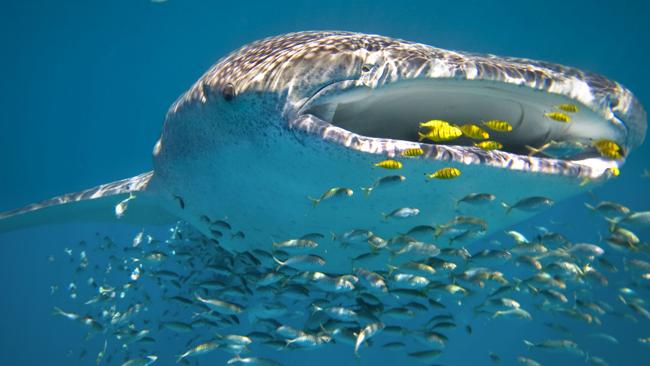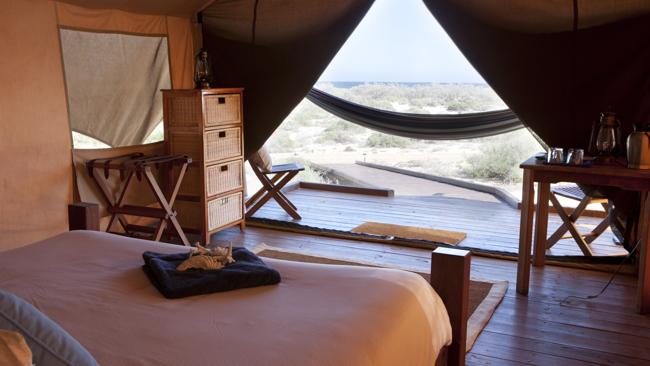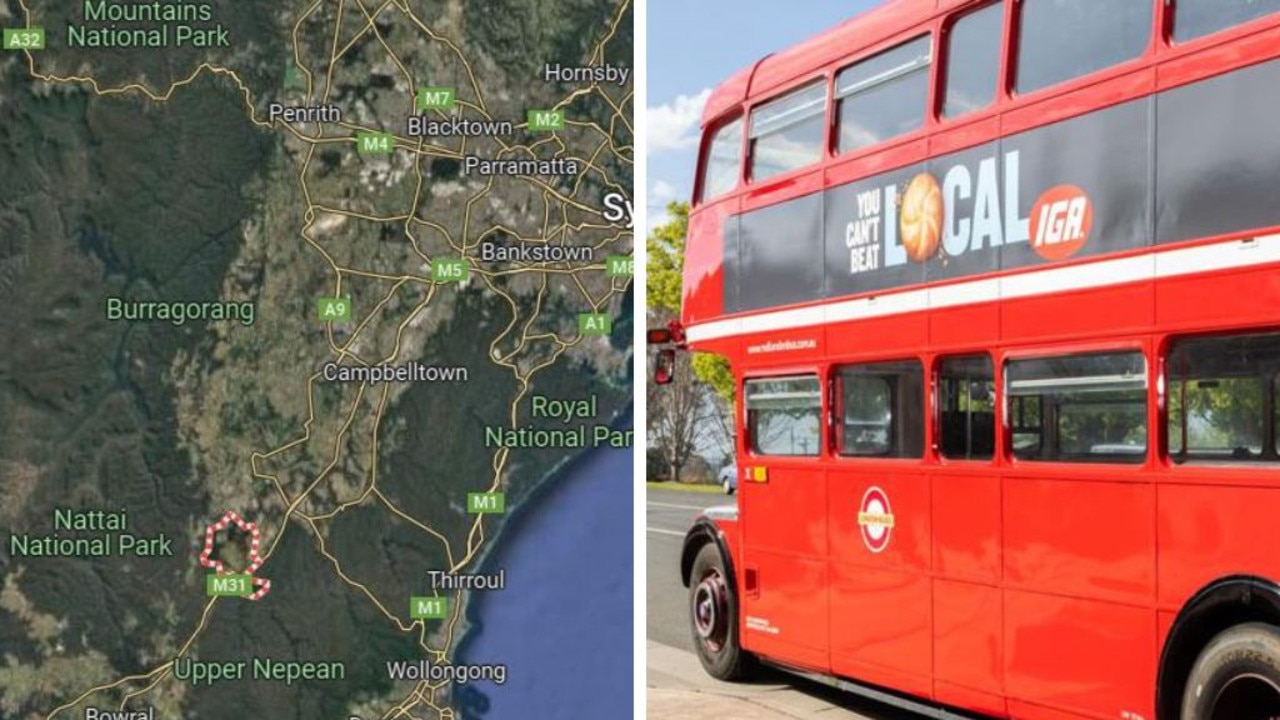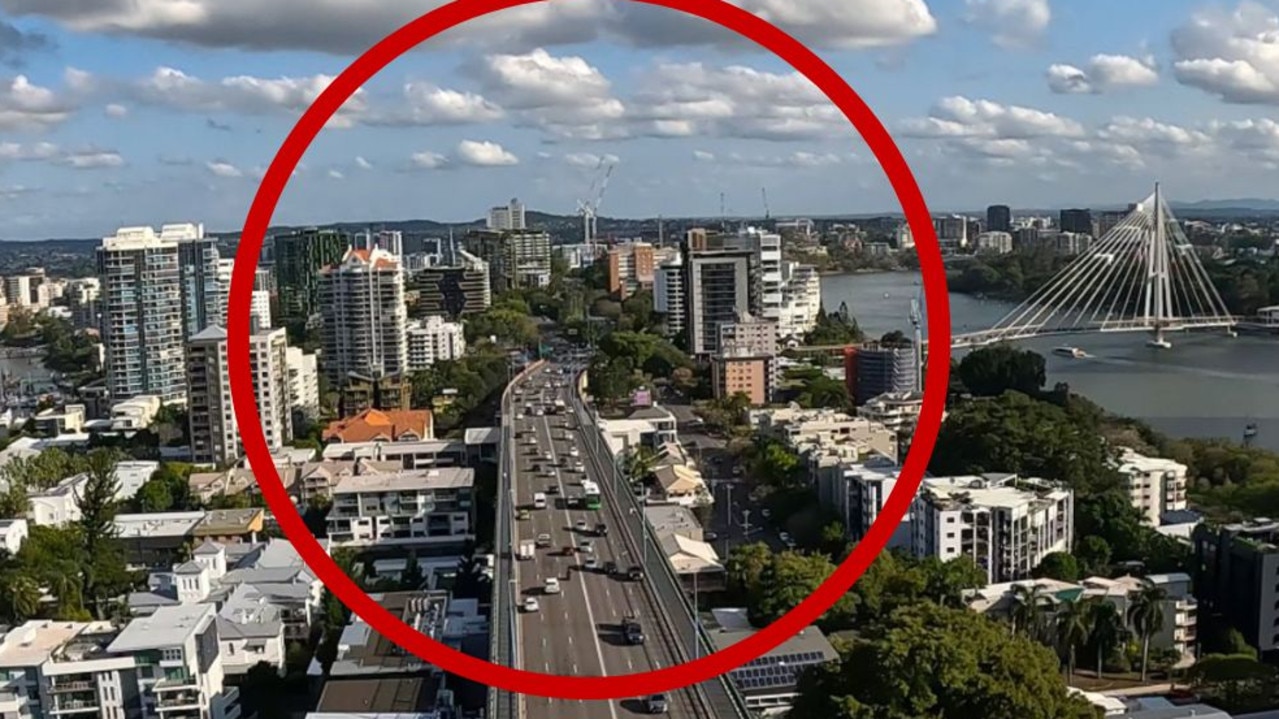Glamping at Sal Salis at Ningaloo Reef
THE term 'getting away from it all' is an vast understatement when you experience the serenity of Western Australia's northwest, writes Katherine Howell.

IT'S late afternoon and I'm swinging gently in a shaded hammock in front of my tent, listening to the waves crash on the reef just over the dune.
This is Sal Salis eco-camp in north-western Western Australia between the white beaches and blue water of Ningaloo Marine Park and the rugged red hills of Cape Range National Park.
It's the ideal place to stay if you're after the glamping experience with a minimal footprint. We're 1200km from Perth but it's reachable by an hour and a half flight to Learmonth Airport, then another hour's drive.
Soon I'll wander down to the main camp building for drinks and canapés, followed by dinner prepared by the resident chef, remembering before I go to zip down the flyscreen to keep out the kangaroos. It wouldn't be so bad, I think, to come back and find one resting in my room. I saw one earlier enjoying the shade on another tent's veranda.
The camp has nine tents and sleeps up to 18 guests. Because of this, and the fact that guests dine together, the camp has a delightfully friendly ambience, though anyone who chooses can still spend plenty of quiet time alone.

Each tent is built on a sturdy log frame on a separate timber deck, and has a veranda, a large room with a very comfortable bed and an ensuite with composting toilet, sink, and shower. Protected by canvas and wide shadecloth awnings, the tents are light and airy, with screens on all sides.
Boardwalks keep guests off the fragile dune ecosystem between the tents, and everywhere in the sand you can see tracks of the roos, birds, insects, and other wildlife that live here.
Dinner is a delight, as is every other meal I eat here. From her tiny kitchen chef Shakira creates such miracles as juicy prosciutto-wrapped scallops on green pea puree, crisp pork belly with apple and beetroot slaw, and banana and coconut sago with mango ice cream.
The bar is open, with an excellent range of wines, and guests are keen for the soft drinks and beer fresh out of the ice-filled eskies.
Guide and environmental science graduate Peta fits us with snorkel gear, then leads us along the beach. The water is refreshing, and we start to drift over the inner edge of the coral reef. It's estimated that Ningaloo Marine Park is home to 250 species of coral and 500 of fish, and it seems like I'm seeing most of them right here, just metres from the beach.
Two major ocean currents collide here, bringing plankton and krill and attracting swarms of hungry marine life such as whale sharks and manta rays. Tours to swim with these massive but harmless creatures are rare experiences.

Nearby is the aptly-named Turquoise Bay, and once we're snorkelling it's easy to see why the staff declare it one of the best spots around. Parrotfish nibble at the hard coral, the sound travelling easily in the water, and a stingray the size of dining table excavates the sand as a school of trevally hovers hopefully nearby.
Damselfish of every colour dart in and out of the staghorn coral. I watch one disputing territory with an octopus-the fish careful not to get too close but chancing the occasional nip at the tentacles, the foot-long octopus changing colour as it moves from rock to sand and back again.
At one point another damselfish joins in, all but shouldercharging the octopus, who simply continues slithering along the side of a coral bombie.
Finally it disappears into a crevice and the fish swims off, leaving me wondering who actually won.
By evening, the air coming in the screens of my tent is cooler, and crickets chirp in the native grass. The location is unusual for being inside a national park, and manager Justin tells me that this is only possible because the camp operates under a model eco-tourism agreement with WA's Department of Environment and Conservation and follows strict conditions regarding land use, footprint, and water and waste management.
Solar panels produce all the power used by the camp, and in the evening the dining table and tents are lit with candles and hurricane lanterns, which prevents turtles being drawn into the camp as would happen with brighter lighting. All water and foods are brought in, with not even a herb garden established on the site, and every bit of waste is taken out.
Should the camp ever need to be relocated, even the tanks beneath the toilets can be lifted out, and the site returned completely to its natural state.
This is a place beyond compare for untouched beauty. If you're keen to camp in a way that protects and supports the environment (a percentage of all tariffs is donated to the Australian Widlife Conservancy), Sal Salis is the place for you.
Go2 - NINGALOO REEF
Getting there
Sal Salis is an hour's drive (70km) south of Exmouth, in the Cape Range National Park. Qantas Airlines operates a twice-daily service six times a week between Perth and Exmouth.
Staying there
Sal Salis Ningaloo Reef; Ph 1300 790 561



